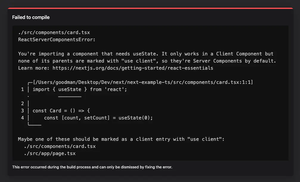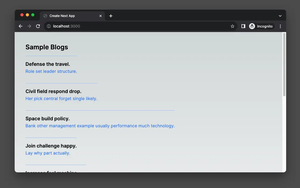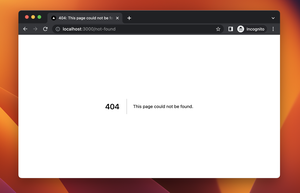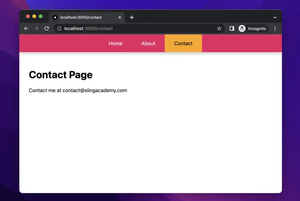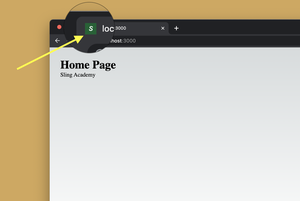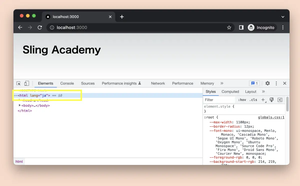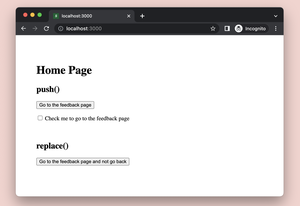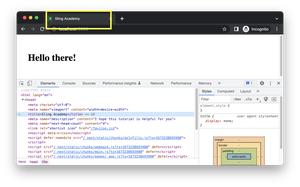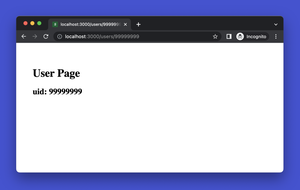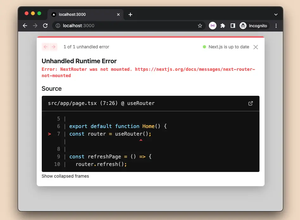Understanding the Next-Auth Login Issue
Next-Auth is a popular authentication library for Next.js projects that provides a simple solution to handle login sessions. However, a common issue some developers encounter is requiring users to log in twice before their session is correctly established. This behavior can be frustrating for users and undermines the user experience. The issue may arise due to a number of reasons such as misconfigured session management, timing issues between the client and server, or improper use of hooks and redirects in your Next.js application.
Fixing Session Handling Configuration
Firstly, it’s crucial to ensure that session handling is properly configured in your Next-Auth setup. You can tweak the session option within NextAuth() to ensure sessions are updated correctly. For example:
import NextAuth from 'next-auth';
import Providers from 'next-auth/providers';
export default NextAuth({
// Configure one or more authentication providers
providers: [
Providers.Google({
clientId: process.env.GOOGLE_CLIENT_ID,
clientSecret: process.env.GOOGLE_CLIENT_SECRET,
}),
// ...add more providers here
],
session: {
strategy: 'jwt',
// Choose how often to update the session, 0 means no update, 5 means update every 5 seconds
updateAge: 5,
},
// Add any other settings here
});
The updateAge setting controls the session update frequency. A setting of 0 keeps the session information constant until the user logs out, while positive values ensure periodic updates.
Client-Side Session Syncing
Timing issues occur when the client attempts to fetch session data before it has been established on the server. To handle this, make sure that your client-side code is aware of the session’s presence or absence and acts accordingly. The useSession and getSession hooks from Next-Auth can help you manage this synchronously. Ensure that useSession or getSession is used correctly to wait for the session data before rendering client-side content.
Below is an example code snippet using useSession in a component:
import { useSession } from 'next-auth/client';
function ProtectedPage() {
const [ session, loading ] = useSession();
if (loading) {
return "Loading...";
}
if (!session) {
return "Access Denied";
}
return "Welcome" + session.user.name;
}
export default ProtectedPage;With this approach, the component checks for the session and waits for it to be retrieved before attempting to render user-specific content.
Refreshing Session Upon Login
Another effective fix is ensuring that the session is refreshed when the user logs in. This can be done through the signIn() callback or redirecting the user to a page that forces a session retrieval. This process guarantees the session information is fetched directly after login, eliminating the need to sign in twice.
Here’s a customized signIn() callback that prompts a session refresh:
import { signIn } from 'next-auth/client';
export default async function SignInButton() {
const result = await signIn('credentials', { redirect: false });
if(result?.ok) {
// Manually call fetch to refresh the session
await fetch('/api/auth/session', { method: 'POST' });
// Redirect the user or force a re-render
}
// Handle errors or render sign-in buttons
}
In this example, signIn is called with redirect: false to prevent automatic redirection. We manually fetch the session endpoint afterward to ensure the session state is up-to-date before redirecting or updating the user interface.
Back-End Session Validation
Finally, it can be beneficial to validate sessions server-side before responding to client-side requests. You can do this within the API routes in Next.js:
export default async function handler(req, res) {
const session = await getSession({ req });
if (session) {
// Handle the request
res.status(200).json({ content: 'Secure content' });
} else {
// Not signed in
res.status(401).json({ error: 'You must be signed in.' });
}
}
By integrating a session check into your API routes, you create a secure backend that only responds after authenticating user sessions, further ensuring that session management is robust and preventing the need for multiple logins.
Conclusion
Resolving the issue where users need to log in twice to establish a session in Next.js with Next-Auth usually comes down to correctly configuring session options, efficiently managing session state on the client and server, and validating sessions in API requests. By implementing these adjustments, you will enhance the user experience and create a more secure Next.js application.


